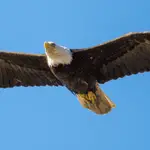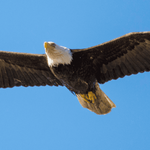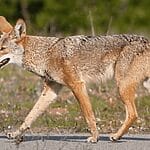Animals have long been symbols of various human values and aspirations, and peace is no exception. From the gentle cooing of a white dove to the serene presence of a grazing manatee, many creatures in the natural world embody the essence of tranquility and harmony.
Animals That Represent Peace serve as powerful reminders of the importance of fostering a more peaceful existence, not only within ourselves but also in our relationships with others and the environment.
By exploring the unique qualities and cultural significance of these peaceful animals, we gain a deeper understanding for nature’s beauty and wisdom.
Quick Answer: Doves, elephants, white owls, ladybugs, humpback whales, sloths, kingfishers, manatees, pandas, koi fish, praying mantises, white buffalos, peacocks, lambs, and swans symbolize peace.
Key Takeaways:
- White doves are globally recognized symbols of peace, hope, and love, often featured in weddings and peace rallies.
- Elephants, despite their size and strength, are known for their gentle and peaceful nature, forming strong social bonds within their herds.
- In various cultural traditions, white owls are associated with wisdom, spiritual enlightenment, and guardians of sacred knowledge.
15 Animals That Represent Peace and Their Symbolic Meanings
1. White Doves: Universal Symbols of Hope, Love, and Serenity
White doves are globally recognized as symbols of peace, hope, and love. With their soft, pure white plumage and gentle cooing sounds, these birds evoke feelings of calm and serenity. White doves are often featured in various cultural and religious ceremonies, such as weddings and peace rallies.
In ancient mythology, doves were associated with love and devotion, while in the biblical story of Noah’s Ark, a dove returned with an olive branch, signifying the end of the great flood and the beginning of a new, peaceful era.
2. Elephants: Gentle Giants Representing Strength, Wisdom, and Peace
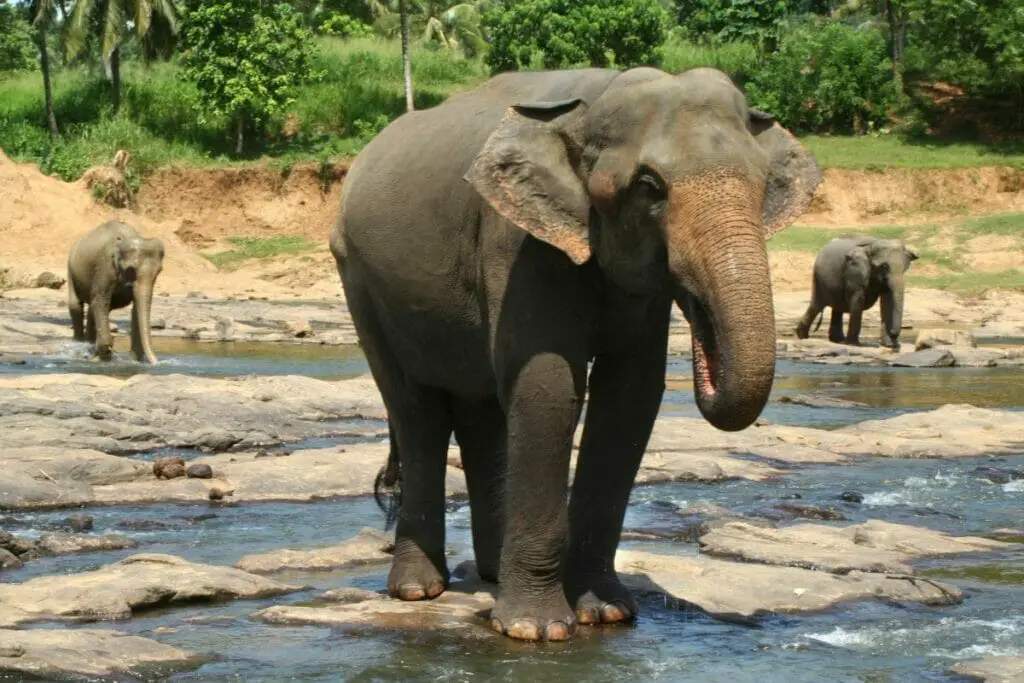
Despite their remarkable size and strength, elephants are known for their gentle and peaceful nature. These gentle giants form strong social bonds within their herds, maintaining harmonious relationships with one another. In many cultures, elephants are revered for their wisdom, intelligence, and impressive memory.
These majestic creatures play a crucial role in maintaining ecological balance in their habitats, peacefully coexisting with other species. Their presence is often associated with stability, longevity, and the promotion of peace.
3. White Owls: Embodiments of Wisdom, Tranquility, and Spiritual Harmony
White owls are often associated with wisdom, knowledge, and spiritual enlightenment. Their serene appearance, with pure white feathers and striking, soulful eyes, contributes to their aura of tranquility. As nocturnal creatures, owls navigate silently through the night, adding to their mysterious and calming presence.
In various cultural traditions, such as Native American beliefs and ancient Greek mythology, owls are seen as guardians of sacred knowledge and emblems of spiritual harmony.
4. Ladybugs: Bringers of Good Luck, Happiness, and Peaceful Vibes
These tiny, colorful insects are often associated with good luck, happiness, and peaceful vibes. With their vibrant red and black spotted appearance and gentle, non-threatening demeanor, ladybugs bring a sense of joy and lightheartedness to any environment.
In gardens and farms, ladybugs act as natural pest controllers, feeding on plant-damaging aphids and promoting a balanced ecosystem. In feng shui, ladybugs are believed to attract positive energy and foster a harmonious atmosphere in homes and workplaces.
5. Humpback Whales: Majestic Singers Promoting Calm and Unity in the Ocean
Humpback whales are majestic creatures that evoke a sense of calm and wonder in those who encounter them. With their elongated fins and distinctive hump on their backs, these gentle giants gracefully navigate the ocean depths.
Their enchanting underwater songs can travel for miles, creating a peaceful and unified atmosphere in the ocean. Humpback whales are known for their gentle nature and strong family bonds, as they work together to protect their young and maintain the delicate balance of marine ecosystems.
6. Sloths: Masters of Calm, Relaxation, and Peaceful Coexistence
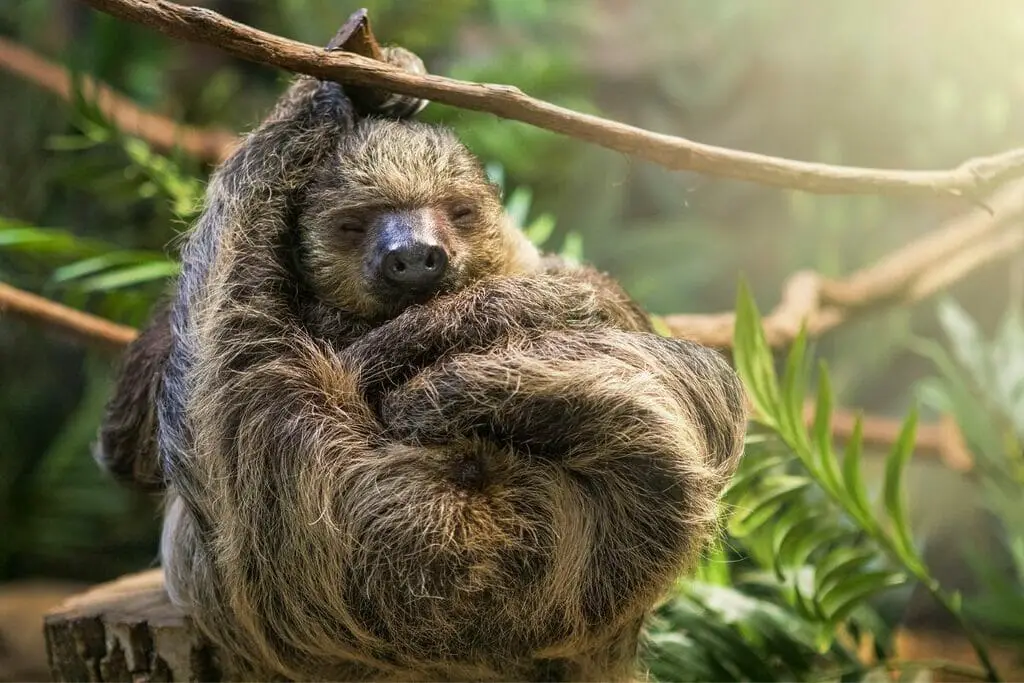
Sloths are the ultimate symbols of calm, relaxation, and a peaceful, unhurried way of life. With their adorable, shaggy fur and endearing facial expressions, sloths have captured the hearts of many.
Their slow movements and tree-dwelling lifestyle promote a sense of tranquility and contentment. These gentle creatures peacefully coexist with other species in their rainforest habitats, embodying a low-stress approach to life that reminds us to slow down and find peace in the present moment.
7. Kingfishers: Symbols of Patience, Focus, and Tranquility in Nature
Kingfishers are stunning birds that embody patience, focus, and tranquility in their natural habitats. With their vibrant plumage, often featuring bright blues, greens, and oranges, and their distinctive, elongated beaks, kingfishers are a sight to behold.
These birds demonstrate remarkable patience and concentration while hunting, perching silently above the water before diving in to catch their prey. Kingfishers bring a serene presence to rivers and lakes, symbolizing stillness and peace in various cultural traditions.
8. Manatees: Gentle Herbivores Representing Serenity and Peaceful Living
Manatees are large, gentle herbivores that embody serenity and peaceful living. These aquatic mammals have soft, grayish-brown skin and move through the water with slow, graceful movements.
As peaceful grazers, manatees feed on aquatic plants and pose no threat to other species. Known for their calm and curious nature, manatees play a vital role in maintaining the balance of aquatic ecosystems. In various cultures, manatees are seen as symbolic representations of tranquility and the importance of living in harmony with nature.
9. Giant Pandas: Adorable Ambassadors of Harmony and Conservation
Giant pandas are beloved, adorable animals that serve as ambassadors of harmony and conservation. With their distinctive black and white fur, round faces, and expressive, cuddly appearance, pandas have captured the hearts of people worldwide.
These gentle and herbivorous creatures peacefully coexist with other species in their bamboo forest habitats, symbolizing balance and unity in nature. Pandas hold great cultural significance and play a crucial role in promoting wildlife conservation efforts, making them national treasures in China.
10. Koi Fish: Graceful Symbols of Perseverance, Tranquility, and Prosperity
Koi fish are elegant, colorful fish that symbolize perseverance, tranquility, and prosperity in various Asian cultures. With their vibrant scales, ranging from white and orange to yellow and black, koi gracefully glide through the water with flowing movements.
Often kept in ornamental ponds and gardens, koi create a serene atmosphere that promotes relaxation and contemplation. In Japanese tradition, koi represent good fortune and success, making them a popular symbol of luck and abundance.
11. Praying Mantises: Embodiments of Stillness, Mindfulness, and Inner Peace
Praying mantises are fascinating insects that embody stillness, mindfulness, and inner peace. With their elongated bodies, triangular heads, and prominent, folded front legs resembling praying hands, mantises have a unique and captivating appearance.
These insects are known for their ability to remain perfectly still for long periods, demonstrating a sense of calm and presence in the moment. In various spiritual traditions, mantises hold symbolic significance, often associated with meditation, self-awareness, and the attainment of inner peace.
12. White Buffalos: Sacred Symbols of Peace, Unity, and Spiritual Awakening
In Native American traditions, white buffalos are rare and sacred symbols of peace, unity, and spiritual awakening. These majestic animals stand out with their striking white coats and strong, commanding presence.
Various Native American prophecies and legends speak of the white buffalo’s appearance as a herald of a time of great spiritual transformation and the unification of all people. White buffalos are treated with deep reverence and respect, as they are believed to promote harmony and peace among different tribes and cultures.
13. Peacocks: Majestic Emblems of Beauty, Renewal, and Spiritual Integrity
Peacocks are stunning birds that serve as majestic emblems of beauty, renewal, and spiritual integrity. With their spectacular, iridescent tail feathers that fan out in a breathtaking display of colors and patterns, peacocks move with graceful and dignified movements.
In various cultural and spiritual traditions, peacocks hold symbolic significance, often associated with royalty, resurrection, and the cycles of life and renewal. In art and literature, peacocks are celebrated as symbols of beauty, grace, and the attainment of spiritual enlightenment.
14. Lambs: Representations of Innocence, Gentleness, and Peaceful New Beginnings
Lambs are adorable, gentle animals that represent innocence, gentleness, and peaceful new beginnings. With their soft wool, white coats, and playful, curious nature, lambs capture hearts with their endearing and innocent expressions.
In various religious and cultural traditions, lambs hold symbolic significance, often associated with purity, sacrifice, and the arrival of spring and new life. Lambs evoke feelings of tenderness, care, and the nurturing of peaceful relationships, reminding us of the importance of compassion and kindness.
15. Swans: Elegant Symbols of Serenity, Grace, and Eternal Love
Swans are graceful, elegant birds that symbolize serenity, grace, and eternal love. With their pure white plumage, long, slender necks, and smooth, gliding movements across the water’s surface, swans captivate onlookers with their beauty and poise.
In various cultural traditions and mythologies, swans are associated with purity, enduring love, and the transformative power of beauty. Known for their monogamous mating habits, swans represent fidelity and eternal devotion, making them popular symbols of love and commitment in literature and art.
The Role of Peaceful Animals in Different Cultures and Traditions
The Significance of White Doves in Religious and Cultural Ceremonies
White doves have long been associated with peace, purity, and spiritual significance in various religious and cultural ceremonies around the world. The act of releasing doves often symbolizes the release of the soul, the sending of prayers, or the hope for peace and unity.
In Christian weddings, for example, the release of white doves represents the union of two souls and the beginning of a new life together. The birds’ graceful ascent into the sky is seen as a symbol of the couple’s love and commitment, as well as their hopes and dreams for the future.
Similarly, in memorial services, the release of white doves can serve as a powerful and emotional tribute to the deceased. The birds’ flight is often interpreted as the soul’s journey to the afterlife, carrying with it the love and memories of those left behind.
In peace celebrations and events, the release of white doves symbolizes the hope for a more harmonious and united world, with the birds serving as messengers of goodwill and understanding among different peoples and nations.
Elephants as Sacred Symbols in Hinduism and Buddhism
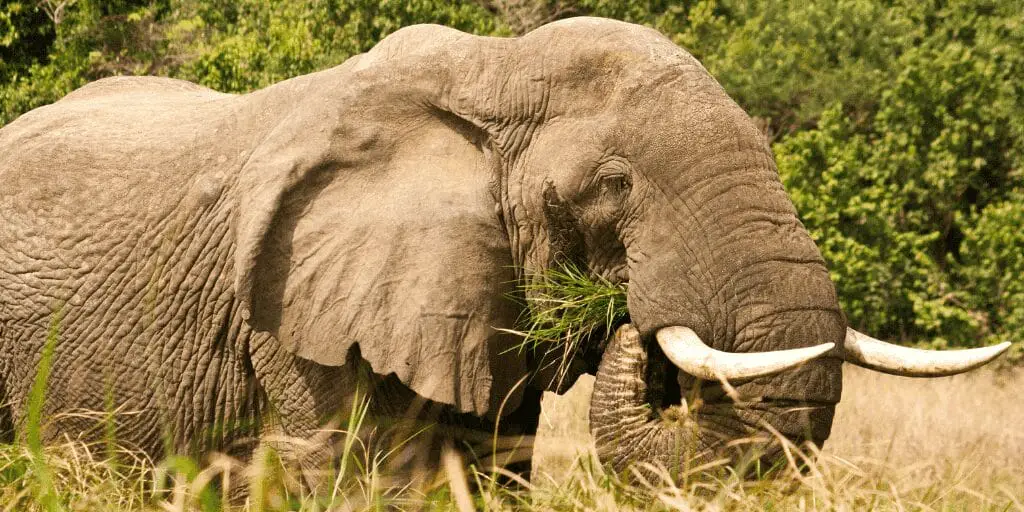
In Hindu and Buddhist traditions, elephants are revered as sacred symbols of wisdom, strength, and good fortune. These majestic animals are often associated with elephant deities, such as Ganesha in Hinduism and Airavata in Buddhism, who are believed to embody these virtues and grant blessings to their devotees.
In Hinduism, Ganesha is one of the most widely worshipped deities, known for his ability to remove obstacles and bring success and prosperity. He is often depicted with the head of an elephant, symbolizing his wisdom and intelligence. Statues and images of Ganesha can be found in countless temples, homes, and public spaces throughout India and other parts of the world where Hinduism is practiced.
In Buddhism, the elephant is associated with mental strength, stability, and the ability to overcome obstacles on the path to enlightenment.
The white elephant, in particular, is considered a symbol of purity and spiritual power, and is often depicted in Buddhist art and temple decorations. In some Buddhist countries, such as Thailand and Sri Lanka, elephants are also used in religious processions and ceremonies, where they are adorned with colorful fabrics and jewelry and paraded through the streets as a sign of respect and devotion.
The Spiritual Meaning of White Owls in Native American Traditions
In many Native American traditions, white owls are seen as powerful spiritual messengers, carrying wisdom, guidance, and insight from the spirit world. These mysterious birds are often associated with sacred knowledge, prophecy, and the ability to navigate between the realms of the living and the dead.
In some Native American mythologies, owls are believed to be the companions or embodiments of powerful shamans and healers, who use their spiritual insight to guide and protect their communities. Owl feathers and other parts of the bird are often used in spiritual rituals and ceremonies, such as healing practices and vision quests, to invoke the animal’s wisdom and power.
Owl symbolism is also prevalent in Native American art, such as pottery, textiles, and jewelry. These depictions often feature intricate designs and patterns that reflect the bird’s spiritual significance and its role as a guardian of sacred knowledge. In some tribes, owning or wearing owl-themed artwork is believed to bring protection, clarity, and spiritual growth to the wearer.
Ladybugs as Good Luck Charms in Various Cultures
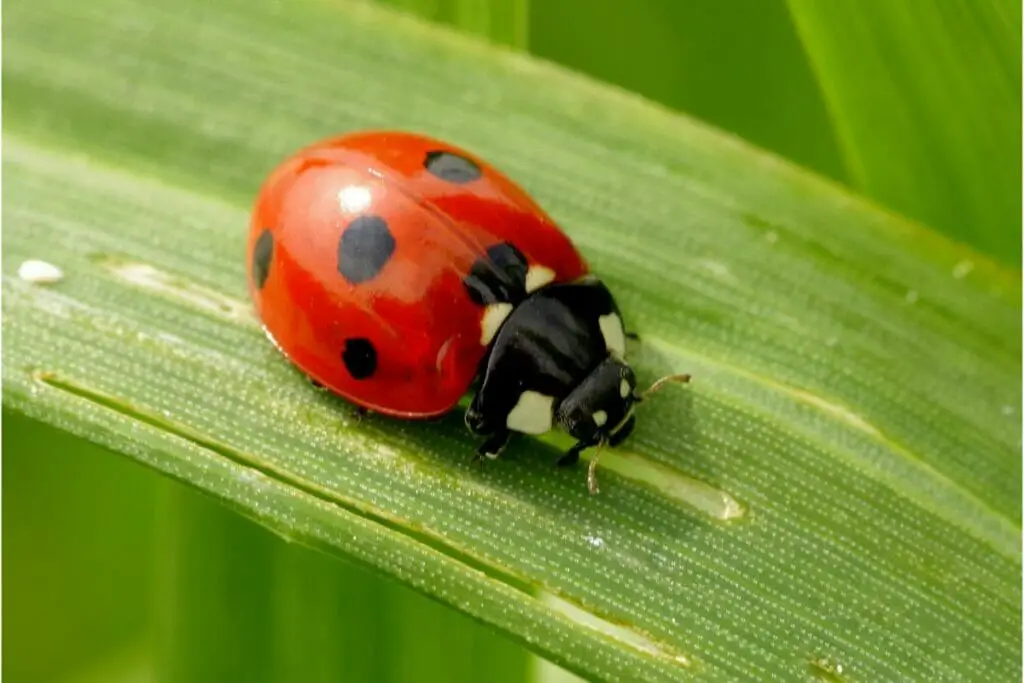
In many cultures around the world, ladybugs are considered powerful good luck charms, believed to bring prosperity, protection, and the fulfillment of wishes. The origins of this belief are varied, but often stem from the insect’s vibrant red and black coloring, which is associated with joy, vitality, and good fortune.
In some European folklores, ladybugs are believed to be bringers of good weather and bountiful harvests, with their presence in fields and gardens seen as a sign of a healthy and prosperous crop. In other traditions, ladybugs are associated with love and marriage, with the spots on their wings symbolizing the number of months or years until a person’s wedding day.
Ladybug symbolism is also prevalent in various cultural practices and superstitions. In some parts of the world, it is believed that making a wish upon seeing a ladybug will cause the wish to come true, especially if the insect lands on you.
Ladybug-themed decorations, jewelry, and clothing items are also popular talismans of good fortune, with many people carrying or wearing these objects to attract luck and positivity into their lives.
The Cultural Importance of Humpback Whales in Indigenous Communities
In many indigenous communities, particularly those in coastal regions where whales are a prominent part of the local ecosystem, humpback whales hold a deep cultural significance and are often revered as sacred creatures. These majestic animals are seen as embodiments of the ocean’s power and mystery, and are believed to carry important spiritual lessons and wisdom for those who encounter them.
In some indigenous mythologies, humpback whales are portrayed as great ancestors or spirit guides, who use their songs and movements to communicate with humans and impart important knowledge about the natural world.
Whale hunts and other cultural practices involving these animals are often accompanied by elaborate rituals and ceremonies, which honor the whales’ spiritual significance and express gratitude for their gifts.
Whale-inspired art is also a prominent feature of many indigenous cultures, with intricate carvings, paintings, and songs that celebrate the animals’ beauty, power, and spiritual importance. These artistic expressions often depict whales as guardians of the ocean, or as messengers between the human and spirit worlds, and serve to pass down important cultural knowledge and values from one generation to the next.
In recent years, many indigenous communities have also become involved in whale conservation efforts, recognizing the critical role that these animals play in maintaining the health and balance of marine ecosystems.
By combining traditional knowledge with modern scientific approaches, these communities are working to protect and preserve humpback whales and other marine species for future generations, while also honoring their deep cultural and spiritual connections to these remarkable creatures.
Frequently Asked Questions
What is the spiritual significance of white doves in different cultures?
White doves hold spiritual significance in many cultures, often symbolizing purity, peace, and the soul’s journey. They are featured in religious ceremonies like weddings and memorials to represent new beginnings and the release of the soul.
How are elephants viewed in Asian religions like Hinduism and Buddhism?
In Hinduism and Buddhism, elephants are revered as sacred symbols of wisdom, strength, and good fortune. Elephant deities like Ganesha and Airavata are widely worshipped and associated with removing obstacles and granting blessings.
What role do white owls play in Native American spiritual traditions?
In many Native American traditions, white owls are seen as powerful spiritual messengers, carrying wisdom and insight from the spirit world. They are associated with sacred knowledge, prophecy, and the ability to navigate between realms.
Why are ladybugs considered good luck charms in various cultures?
Ladybugs are considered good luck charms in many cultures due to their vibrant colors and association with prosperity, protection, and wish fulfillment. They are believed to bring good weather, bountiful harvests, and even predict the timing of weddings.
What is the cultural importance of humpback whales to indigenous coastal communities?
In many indigenous coastal communities, humpback whales hold deep cultural significance as sacred creatures embodying the ocean’s power and mystery. They are revered as ancestral spirits, featured in traditional art, and play a role in conservation efforts.
- Wild Animals in Costa Rica: A Biodiverse Paradise - 2024-05-16
- Animals That Live in the Rainforest: A Diverse Wonder - 2024-05-15
- Animals in the Safari: A Captivating African Adventure - 2024-05-15

